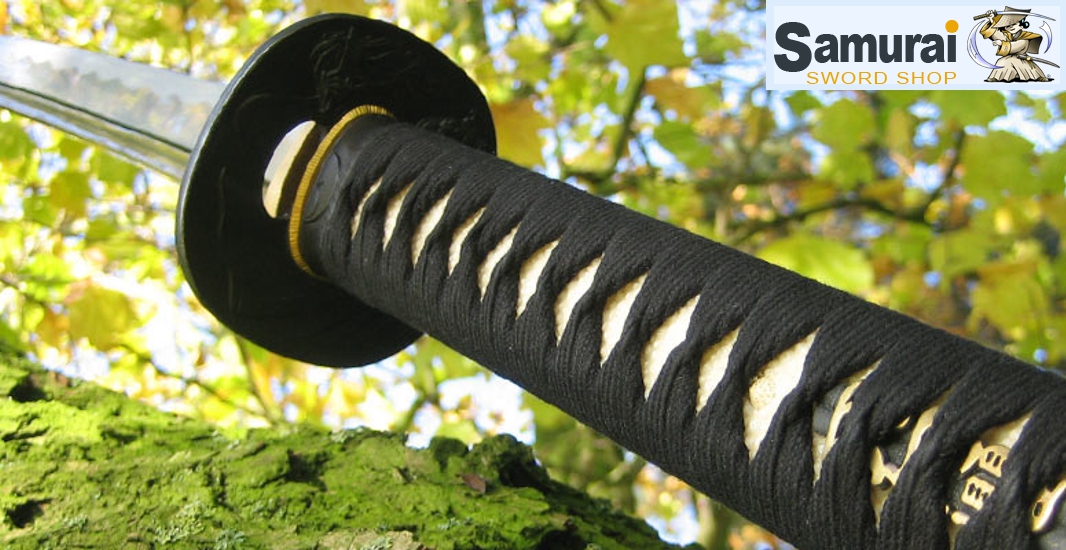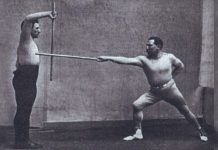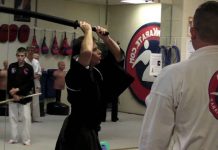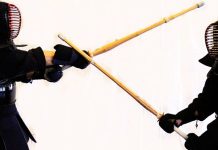Muromachi Japanese Samurai swords were called odachi or nodachi, and they were longer than 1 meter (they sometimes measured 120-150cm). These long katana swords, which sometimes measure almost 2 meters were used for ceremonies only. After a short peaceful period, in the middle of this interval, the fight for power started again in 1467. The whole country was involved in a constant war for over 100 years, when finally, Oda Nabunaga and Toyotomi Hideioshi succeeded to unify again and to set peace in Japan. This period is known as Senkogu (the period during which the country was on war).
The swords in this period are divided in 3 specific historical groups: 1394-1466; 1467-1554 and 1555-1595.
During the first period (1394-1466), when armies grew too, as we have already said, the number of soldiers on horseback decreased, which lead to an increasing of foot soldiers. Although tachi or odachi swords were still manufactured, the glorious period of katana swords was getting closer. Shorter swords were more easily to wear and more easily to be taken out of the scabbard. The curve (Sori) of the these swords moved to the end, being conceived to be used standing. Most of the swords had a length of 69,7-72,7 cm, and they got more narrow near the top of the sword. Towards the end of this period, almost all the swords produced are called uchigatana.
During the second period (1467-1554), when the mobility of the troops became a strategic point, the swords became shorter. Most of the swords manufactured during this period had a length of 60-65cm, and their width was almost equal to their length. This was the glory period of the katanas. This was a relatively short type of sword, which was worn attached to the belt, in the scabbard, with the cutting edge upwards. This fact permitted to the sword to be taken out of the scabbard and the strike from a single move, whereas tachi was hanging at the belt, with the cutting edge downwards. In the same time, the necessity of a continuous source of swords, determined the fact that not all the swords manufactured during this period had the high standards to which they rose during previous periods. During this period Japan exported about 100 thousands of swords to China, which was ruled by the Ming dynasty at that time.
The end of the muromachi period (1555-1595) marked the total change of the way in which the wars were conducted in Japan, by the introducing of fire arms. In 1543 the Portuguese introduced the first fire arms in Japan. Even if the first arms of this kind were very good from the point of view of the accuracy, and they needed a long recharge period, Oda Nobunaga used them for the first time successfully during the battle of Nagashino in 1573. The horse back troops of the Tadeka clan (being known during that period as an elite formation in Japan) were completely destroyed by a group of samurai, who were holding fire arms. Since that moment, horse back troops were completely useless. The battle field was used then by small troops of foot soldiers, equipped with pistols. The armors became harder and thicker to protect the bullet holder, and the swords became once again longer, harder and more solid, in order to be able to penetrate the armors.
Dave Lorrez is a martial artist with great interest in Japanese swords. A great collection of Katanas can be found at his Samurai Sword Shop.
~ by Dave Lorrez
Samurai Sword Shop





